A former Dundee orphanage which has lain derelict for decades could be transformed into a hotel.
Plans have been lodged with Dundee City Council seeking permission to redevelop the House of Gray mansion on the outskirts of city.
An application form details plans to create an 18-room bespoke hotel with function spaces to accommodate up to 100 people.
Work will also be carried out to create parking infrastructure and well as landscaping and drainage improvements.
The exterior features would also be refurbished and repaired in keeping with original building.
The applicants name is listed as Mr. B Moss.
Safety fears at derelict site
The 18th century building – which is A-listed – has become a magnet for anti-social behaviour in recent years.
In May last year fears were raised that children could be “dicing with death” after a group were spotted scaling the roof of the mansion.
And in 2020 similar concerns were flagged, with locals claiming groups of teenagers were gaining access to the site on a regular basis.
House of Gray was built between 1714 and 1716 by the 10th Lord Gray, whose family owned Fowlis Estate and Castle.
In 1918, the house and estate were purchased by James Ogilvie, who lived in
there until his death in 1936.
During the Second World War it was used as an orphanage.
However, by 1990 the building was vandalised and derelict.
A group of investors bought the site the following year and planned to redevelop the house as a 40-bedroom hotel and conference centre complete with golf course.
Restoration work was carried out in the subsequent years, including re-roofing and restoration of the exterior.
But by 2005 the mansion was back on the market.
An application to redevelop House of Gray into seven residential apartments was approved in January 2020 but these plans have also failed to materialise.
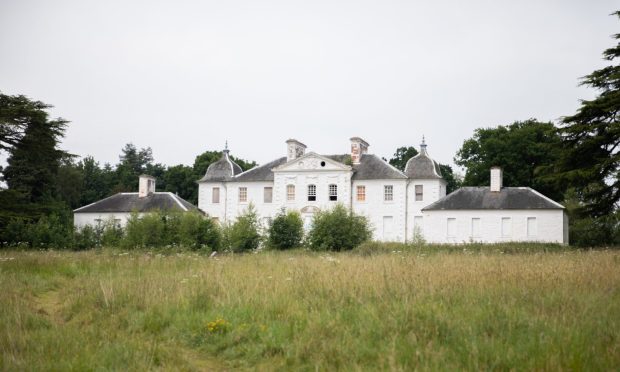
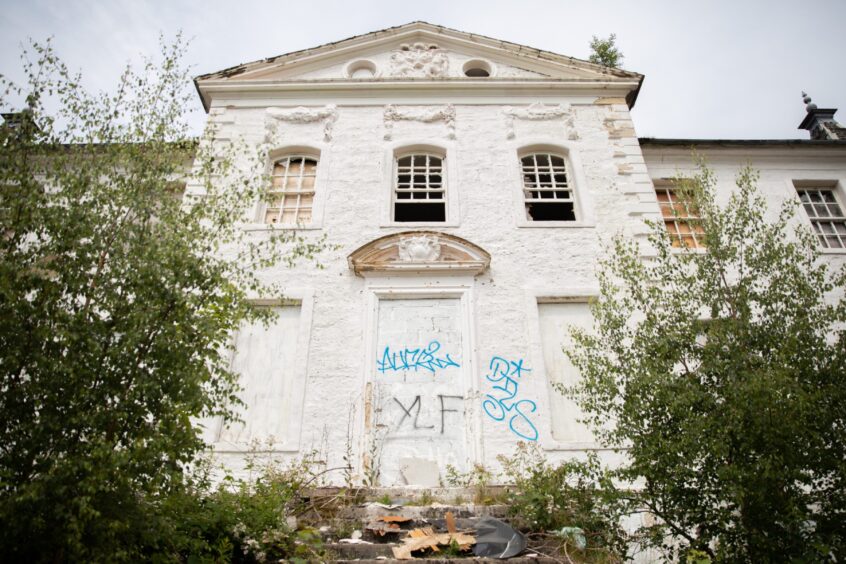
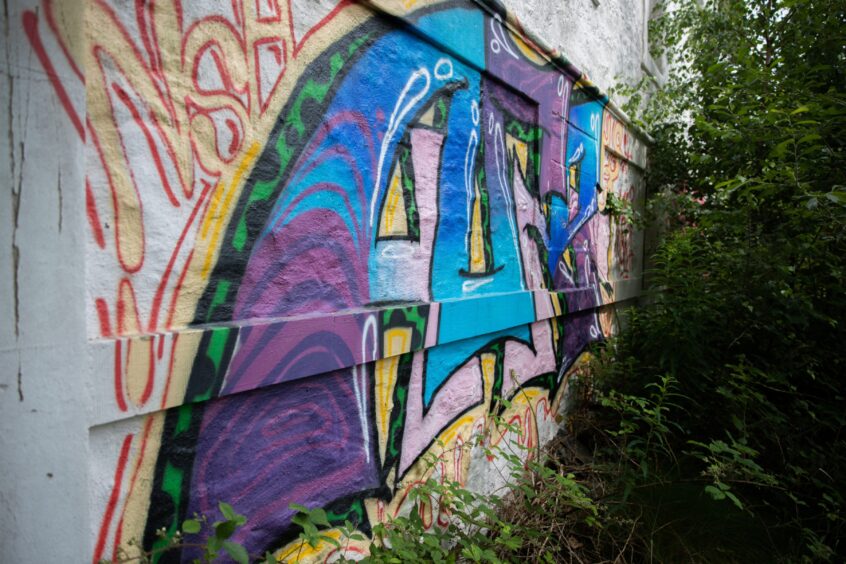

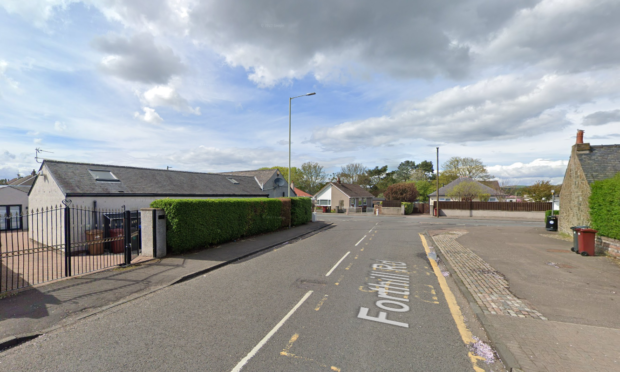

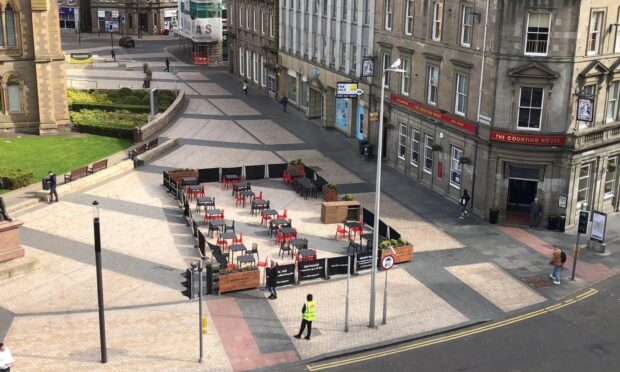


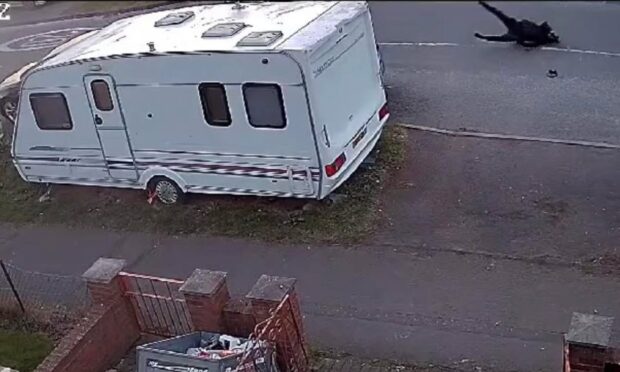


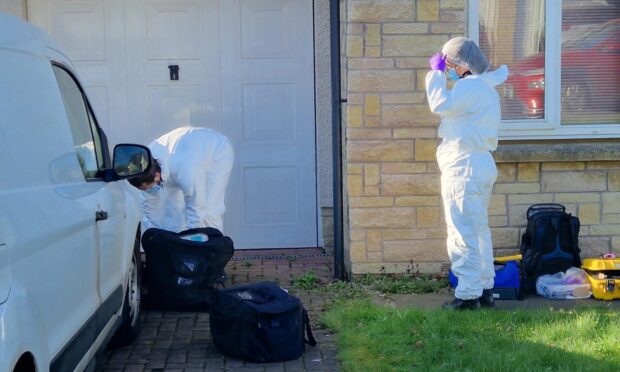
Conversation